Disclosure: This article contains affiliate links. We may earn a commission from purchases at no extra cost to you, which helps our travel content.
Standing at the confluence of the Amazon River and the Atlantic Ocean, Belém offers a fascinating gateway into one of Earth's most complex ecosystems. As someone who's spent decades studying how ancient peoples adapted to challenging environments, I found the Amazon Basin's seasonal rhythms reminiscent of the Southwest's canyon systems – both landscapes shaped by water's patient persistence. My week in Belém last October revealed a city where modern Brazilian culture blends with the rainforest's ancient wisdom, creating perfect launching points for day adventures that transform with the seasons.
Navigating Belém's Gateway to the Amazon
Belém sits at what Brazilians call the 'mouth of the Amazon,' though technically it's positioned along the Pará River within the greater Amazon Basin. This distinction becomes immediately apparent when you visit the Ver-o-Peso Market, a sprawling riverside marketplace dating back to 1688 where indigenous knowledge systems remain alive through the medicinal plants, regional fruits, and fishing techniques on display.
During my exploration, I found myself repeatedly drawn to this market at different times of day, observing how the activity patterns shifted—much like how archaeological sites reveal different aspects depending on the angle of sunlight. Early mornings showcase fishermen arriving with their catches, while afternoons highlight the botanical medicine vendors with their encyclopedic knowledge of rainforest pharmacology.
For navigating the river systems, I recommend investing in a quality dry bag to protect cameras and field notes. The humidity here is persistent, and unexpected rain showers are common even in the 'drier' fall season. When exploring the market, I relied heavily on my insect repellent wristband which proved surprisingly effective against the persistent Amazon insects without having to constantly reapply spray repellents.
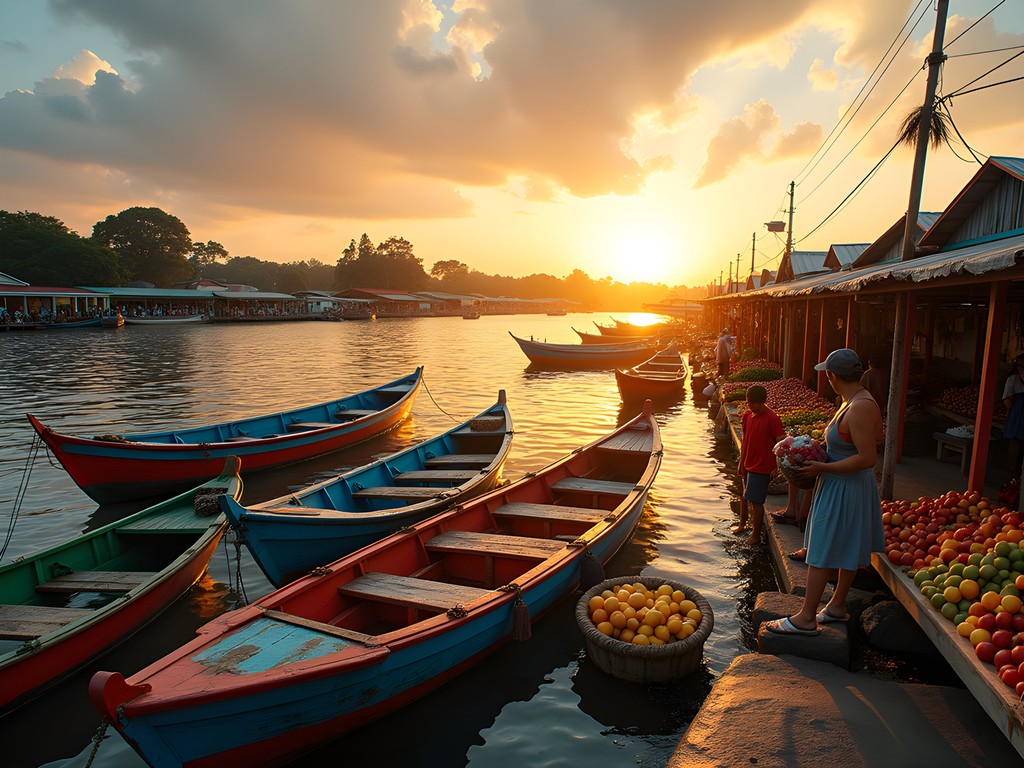
💡 Pro Tips
- Visit Ver-o-Peso Market before 7 AM to see fishing boats arrive with fresh catches
- Learn a few basic Portuguese phrases - English is less common here than in Rio or São Paulo
- Exchange money at official banks rather than at the market where rates are less favorable
Combu Island: A Day Trip Through Changing Ecosystems
Just a 20-minute boat ride from Belém lies Combu Island, a floodplain ecosystem that offers a perfect introduction to Amazonian environmental adaptations. What fascinates me as someone who studies how ancient civilizations responded to environmental changes is how the residents of Combu have developed a seasonal calendar that mirrors what we see in archaeological records of Amazonian settlements thousands of years old.
The island's cacao production follows traditional methods, with families harvesting and processing the beans much as their ancestors did. During my visit, I joined a guided tour with a local family who demonstrated how they've adapted their agricultural practices to work with the seasonal flooding rather than fighting against it—a lesson in sustainability that echoes what we see in ancient Andean and Southwestern agricultural systems.
The highlight was undoubtedly lunch at Restaurante Saldosa, where tables sit on platforms extending over the river. As the water level rises and falls with the tide, you can literally observe the ecosystem's response in real-time while dining on fresh fish prepared with regional techniques.
For this excursion, I was grateful for my quick-dry hiking pants which proved invaluable when our boat took on some water during a brief afternoon shower. For capturing the intricate details of the cacao processing, my waterproof phone case allowed me to document the process without worrying about humidity damaging my device.
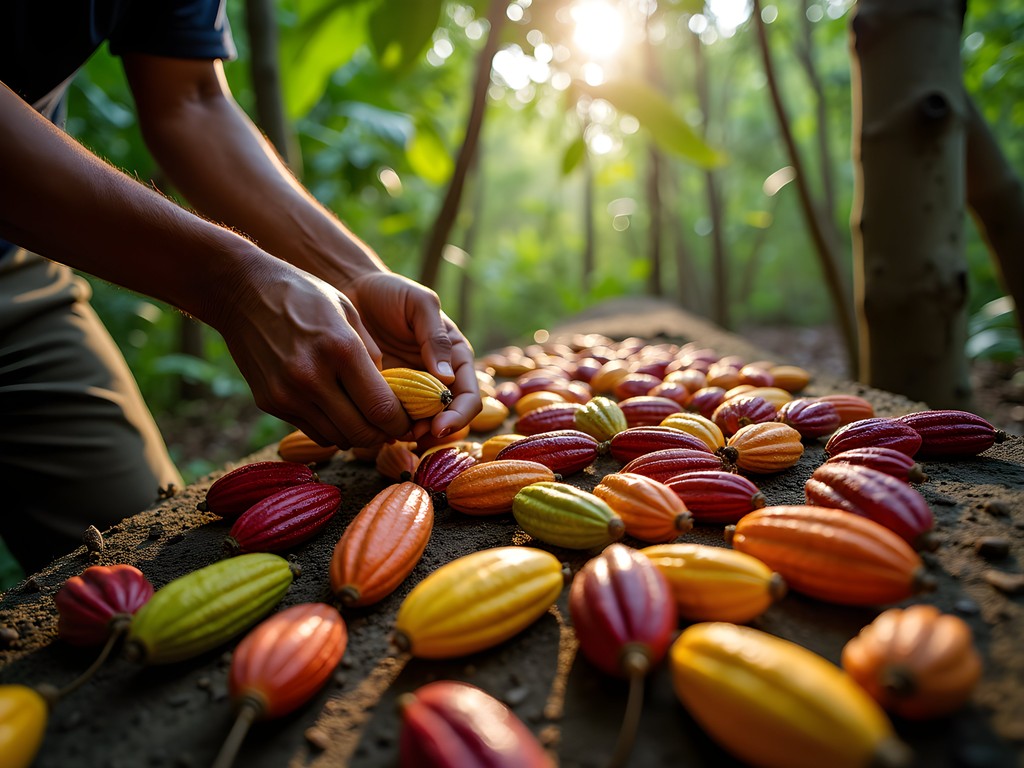
💡 Pro Tips
- Book your boat to Combu from the Porto da Palha rather than the more touristy docks
- Visit during weekdays to avoid weekend crowds from Belém
- Bring small denominations of Brazilian reais as credit cards aren't widely accepted on the island
Algodoal-Maiandeua: Where River Meets Ocean
For those willing to venture a bit further from Belém (about 3 hours by bus and boat), the island sanctuary of Algodoal-Maiandeua presents a fascinating study in transitional ecosystems. What makes this excursion particularly valuable is witnessing how the Amazon's freshwater system gradually yields to the Atlantic's marine environment—creating distinct archaeological patterns in how ancient peoples utilized these different resource zones.
The island prohibits motorized vehicles, immediately transporting you to a slower rhythm that allows for more careful observation. During my day trip, I hiked through four distinct ecological zones: mangrove forests, dune fields, beaches, and interior forest. Each zone presented unique plant adaptations and cultural uses that reminded me of the ecological diversity we see in Southwest canyon systems, though with dramatically different flora.
The village of Algodoal itself feels suspended in time, with fishing techniques visible that archaeologists have documented in the region for centuries. I spent an hour simply watching the traditional net casting methods, noting the precision of movement that comes from generations of knowledge transmission—the same kind of embodied knowledge we try to reconstruct when studying ancient sites.
For this longer excursion, my solar charger proved essential as there are limited electrical outlets on the island. The multiple USB ports allowed me to keep my phone, camera, and GPS device charged throughout the day of hiking and documentation.
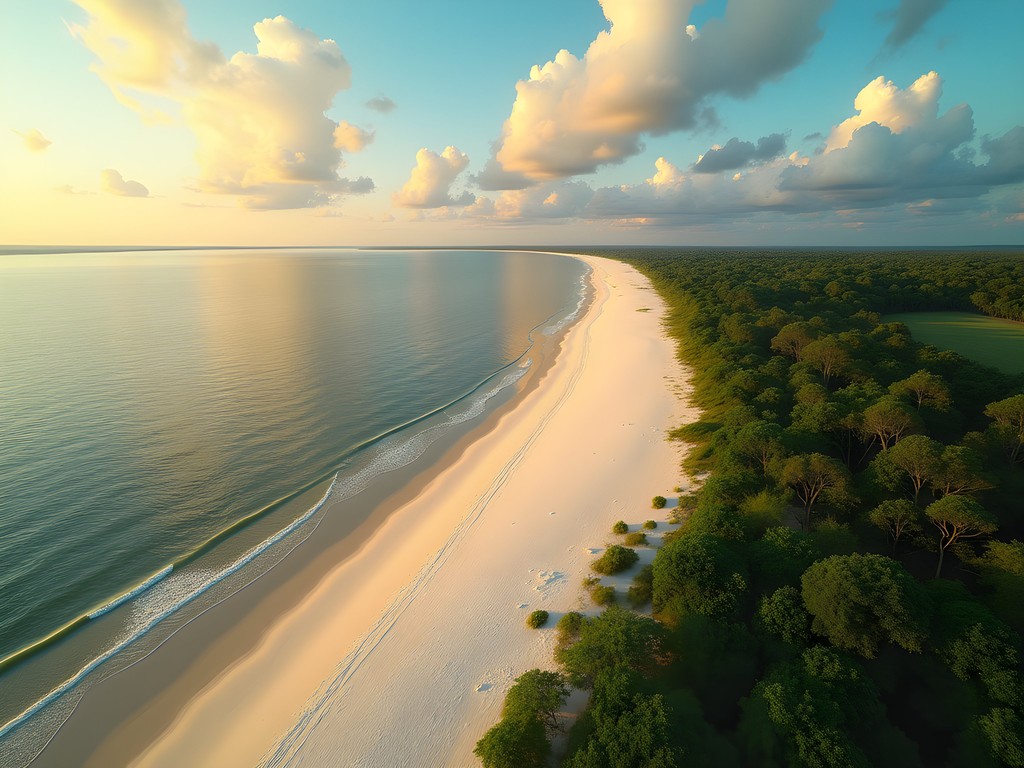
💡 Pro Tips
- Book your transportation to Algodoal a day in advance as schedules can be unpredictable
- Bring enough cash for the entire day as there are no ATMs on the island
- Respect local customs by asking permission before photographing residents or their fishing activities
Icoaraci: Uncovering Ancient Ceramic Traditions
As an archaeologist, I found the district of Icoaraci, about 45 minutes from central Belém, to be an unexpected highlight of my Amazon explorations. This riverfront community has preserved ceramic traditions that directly connect to Marajoara and Tapajônica cultures that flourished in the Amazon Basin between 400-1300 CE. What makes this area remarkable is that modern artisans continue producing ceramics using techniques and motifs documented in archaeological collections.
I spent a full day at the Liceu de Artes e Ofícios Mestre Raimundo Cardoso, where master potters demonstrate how they recreate these ancient designs. The geometric patterns and zoomorphic figures they produce are nearly identical to pieces I've studied in museum collections, showing a remarkable continuity of cultural knowledge across centuries.
The most fascinating aspect was observing how the artisans have adapted their techniques to account for environmental changes in the region. Clay sources have shifted as river courses have changed, yet the potters have modified their processing methods to achieve similar results—a perfect example of the kind of adaptive knowledge systems I've documented at ancient sites across the Americas.
To document the intricate patterns and techniques, I relied heavily on my macro lens clip-on which attached to my smartphone and allowed for detailed close-ups of the pottery designs and manufacturing processes. For taking notes while moving between workshops, my waterproof notebook proved invaluable in the humid conditions.
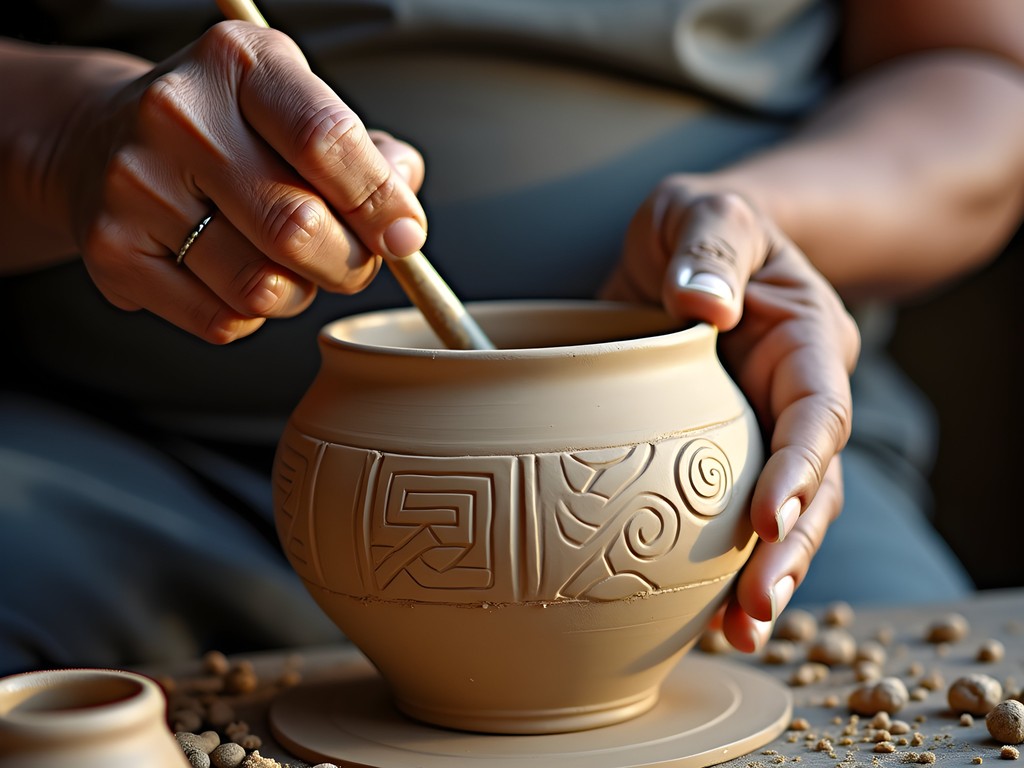
💡 Pro Tips
- Arrange for a demonstration workshop in advance by contacting the Liceu directly
- Budget extra time for shipping if purchasing ceramics, as proper packing takes time
- Visit on weekdays when production is in full swing rather than weekends
Marajó Island: The Archaeological Day Trip
Though technically requiring an overnight stay to fully appreciate, it's possible to visit portions of Marajó Island—the world's largest fluvial island—as an ambitious day trip from Belém. As someone who's spent decades studying ancient settlement patterns, I found this excursion essential despite the early 5 AM departure and late return.
Marajó Island is home to the archaeological remains of the Marajoara culture, a sophisticated pre-Columbian society that developed advanced ceramic traditions and complex social structures between 400-1300 CE. What makes this site particularly significant is how the ancient inhabitants engineered the landscape, creating elevated earthworks and water management systems that allowed them to thrive in a seasonally flooded environment.
I focused my day trip on the eastern portion of the island, visiting the Fazenda São Jerônimo, where archaeological excavations have revealed elaborate burial urns and evidence of large-scale environmental engineering. The water management systems here bear striking similarities to what I've documented in the American Southwest, though adapted for excess water rather than water scarcity—a fascinating example of parallel development in ancient technologies.
For this longer excursion, my lightweight binoculars proved essential for spotting wildlife and examining distant landscape features that might indicate ancient modifications. To combat the intense sun reflected off the water during our boat journey, my cooling neck gaiter made the difference between comfort and heat exhaustion.
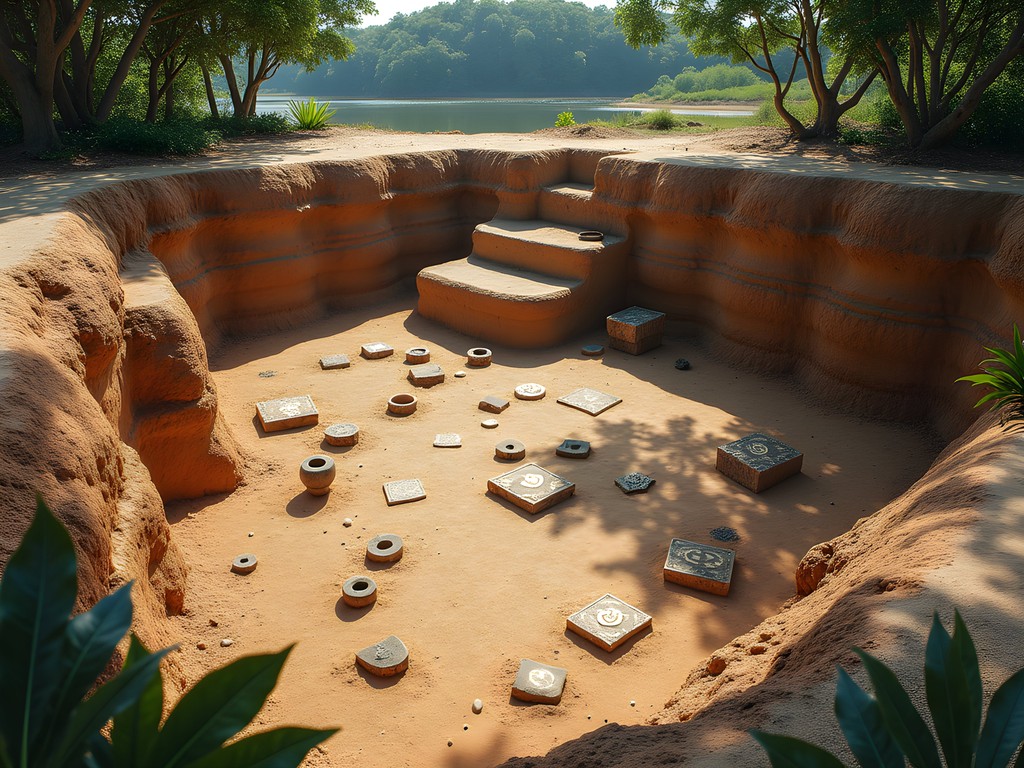
💡 Pro Tips
- Book your Marajó excursion through your hotel or a reputable agency to ensure proper scheduling with the ferries
- Bring twice as much water as you think you'll need—the combination of heat and humidity is intense
- Consider an overnight stay if your schedule allows—the single day trip is rushed for the archaeological sites
Final Thoughts
My week of day trips from Belém revealed the Amazon not just as a natural ecosystem, but as a cultural landscape shaped by thousands of years of human adaptation and innovation. What struck me most was how the seasonal rhythms here echo patterns I've documented at ancient sites across the Americas—the ways humans respond to environmental challenges often follow similar trajectories despite vast differences in geography and time.
As travelers, we have a responsibility to approach these excursions not just as consumers of experiences, but as students of both natural and cultural history. The knowledge systems preserved in Belém's surrounding communities—from the ceramic traditions of Icoaraci to the agricultural practices of Combu Island—represent living connections to archaeological knowledge that's often lost to time elsewhere.
If you're planning your own Amazon adventures from Belém, I encourage you to slow down, ask questions, and look for these connections between past and present. The richest experiences come not from checking destinations off a list, but from understanding how the river has shaped both the environment and human responses to it across millennia. In doing so, you'll gain insights that transform a simple day trip into a profound journey through time.
✨ Key Takeaways
- The best Amazon day trips combine natural and cultural experiences for a deeper understanding of the region
- October-November offers an ideal balance of accessibility and fewer crowds for Belém excursions
- Local knowledge is invaluable—prioritize guides who can speak to both ecological and cultural aspects of sites
- Archaeological perspectives enhance understanding of how communities have adapted to the Amazon environment for thousands of years
📋 Practical Information
Best Time to Visit
September-November (fall)
Budget Estimate
$75-150 per day including excursions
Recommended Duration
5-7 days
Difficulty Level
Moderate
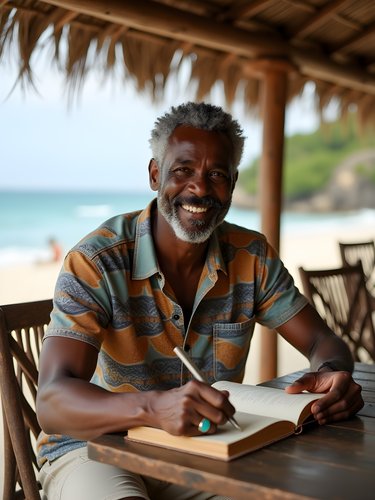

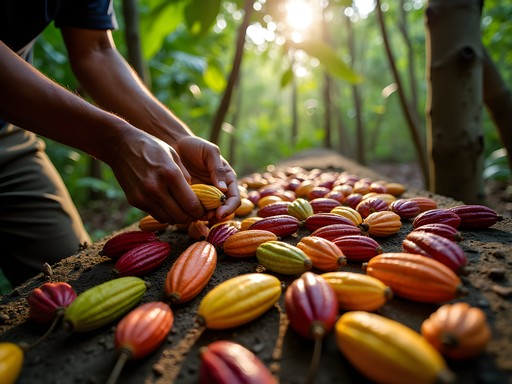


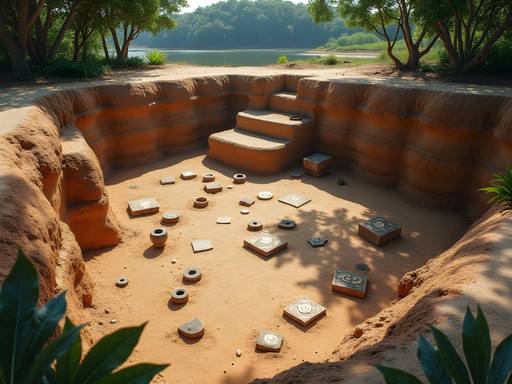


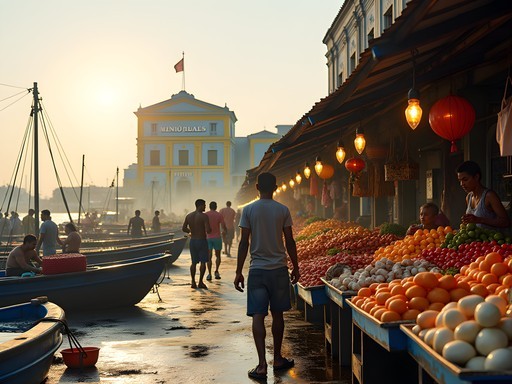





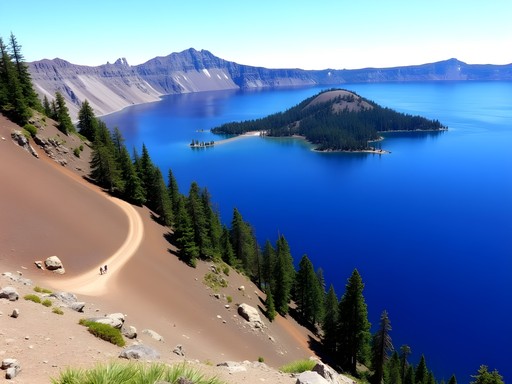

Comments
Douglas Bradley
Jamie, excellent breakdown of the day trip options! Your anthropological perspective really adds depth to what could otherwise be just another tourist guide. I particularly appreciated your insights on Icoaraci's ceramic traditions - the connection to ancient Marajoara and Tapajônica designs is something most visitors miss. When I visited last year, I spent an extra day there and found a small workshop where they let me try my hand at painting some traditional patterns. The artisan explained how their techniques have remained largely unchanged for centuries despite modern ceramic methods being available. For anyone planning to visit, I recommend setting aside at least 2-3 hours just for the ceramic district - it deserves more than a quick stop.
cityrider
Those photos of the ceramic workshops in Icoaraci are amazing! Definitely adding this to my bucket list!
bluerider5581
Great post! How safe is it for solo travelers? Planning to visit in October and wondering if I need to book guided tours or if it's okay to explore independently?
Douglas Bradley
Not the author, but I spent 3 weeks in the region last year. Belém itself requires normal city precautions, but for the day trips, I'd recommend at least having a local guide for your first outing. The transportation systems can be confusing and many locals don't speak English. I used translation app which was incredibly helpful. Once you get the hang of the boat schedules and local customs, independent exploration becomes much easier.
bluerider5581
Thanks for the advice! Will definitely look into finding a guide for the first couple days then.
wildlegend
Just got back from Belém last month and Combu Island was absolutely the highlight! We took that same wooden boat taxi you mentioned and it felt so authentic. The açaí there is on another level compared to the stuff we get in the States. Did you try the chocolate farm tour? The family that showed us around was so welcoming, and watching them demonstrate the traditional processing methods was fascinating. Definitely agree that getting out on the water gives you a whole different perspective of the Amazon ecosystem.
roammate
How was the boat ride? I get seasick easily but really want to visit when I'm there next month!
wildlegend
The river was pretty calm when we went! The boat taxis are small but sturdy. Maybe bring some ginger candy just in case, but I think you'll be fine!
Dylan Turner
Jamie, excellent write-up on Belém's day trip options. I particularly appreciated your insights on Icoaraci's ceramic traditions. When I visited, I spent an entire afternoon watching the artisans work and ended up bringing home several pieces that are now prized possessions in my collection. For anyone planning to visit, I'd suggest allocating at least 3-4 hours for Icoaraci alone, as the ceramic shopping experience shouldn't be rushed. The designs truly represent thousands of years of Amazonian cultural heritage, and the artisans are happy to explain their techniques if you show genuine interest. One tip: bring cash as many of the smaller workshops don't accept cards.
dreamway
Did you have any issues bringing ceramics back through customs? I always worry about that with fragile souvenirs.
Dylan Turner
No issues at all with customs. Just make sure they're well-wrapped - the shops provide basic newspaper wrapping but I brought some bubble wrap in my suitcase just in case. Everything made it home intact!
wanderrider3959
Going to Belém in October! Did you find a local guide for Combu Island or is it easy enough to navigate yourself? Any recommendations?
dreamway
We did the public boat and it was super easy. Just go to the Ver-o-Peso dock early morning.
Dylan Turner
I'd recommend arranging a guide through your hotel - it enhances the experience tremendously. Our guide pointed out wildlife we would have completely missed and arranged a wonderful lunch at a riverside restaurant. Make sure to bring your waterproof bag as afternoon rain showers are common, even in October.
wanderrider3959
Thanks for the tips! Will definitely look into both options. So excited to try the local chocolate mentioned in the article!
dreamway
Those photos of Combu Island are amazing! Definitely adding this to my bucket list.
wanderrider3959
Same here! I've never even heard of Belém before but now I'm intrigued!
Dylan Turner
Belém is truly one of South America's hidden gems. I visited last year and was blown away by how accessible these Amazon experiences are without venturing deep into the jungle. The food scene there is incredible too - don't miss the Mercado Ver-o-Peso for exotic fruits and local cuisine.
mountainseeker
Planning a trip to Brazil next year - how many days would you recommend for Belém and these day trips? Is Portuguese essential or can you get by with English and Spanish?
skydiver
Not the author but I'd say minimum 5 days to do Belém justice. As for language, basic Portuguese phrases helped me a lot - English isn't widely spoken outside tourist areas. Spanish helps a bit but pronunciation is very different!
wildhero
Those photos of the meeting of the waters are incredible! The contrast between the dark and light water is even more dramatic than I saw in Manaus.
Casey Andersson
What a beautiful write-up of Belém's day trips! I stayed at a small pousada near Ver-o-Peso market last year and it was perfect for accessing all these excursions. For Algodoal-Maiandeua, I'd add that staying overnight is magical if you have time - the stargazing is unreal without city lights. Also, don't miss trying tacacá from the street vendors in Belém - it's this amazing soup with jambu that literally makes your mouth tingle! Jamie, did you get to visit any of the rubber baron mansions in the city? The Teatro da Paz was my favorite example of that fascinating era.
Jamie Owens
Yes! The Teatro da Paz was stunning - that blend of European architecture in the middle of the Amazon tells such a complex story. And completely agree about tacacá - that numbing sensation from the jambu is unforgettable!
Venture X
Premium card with 2X miles, $300 travel credit, Priority Pass